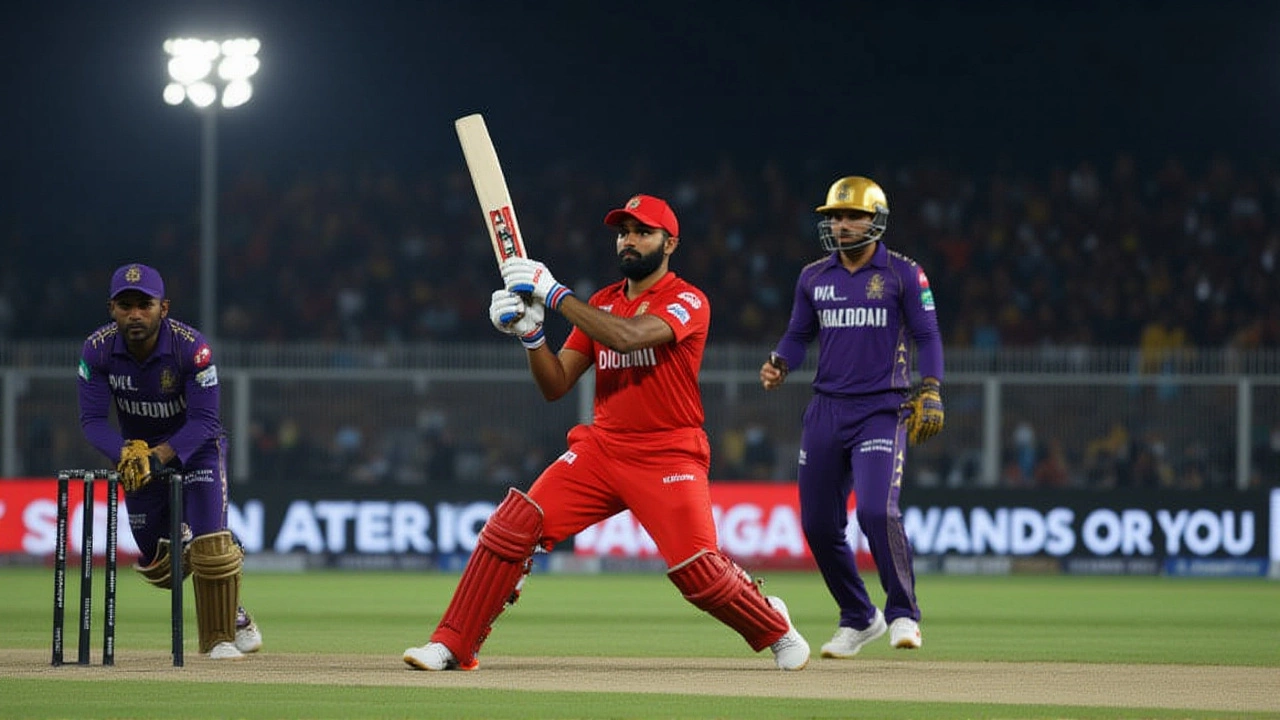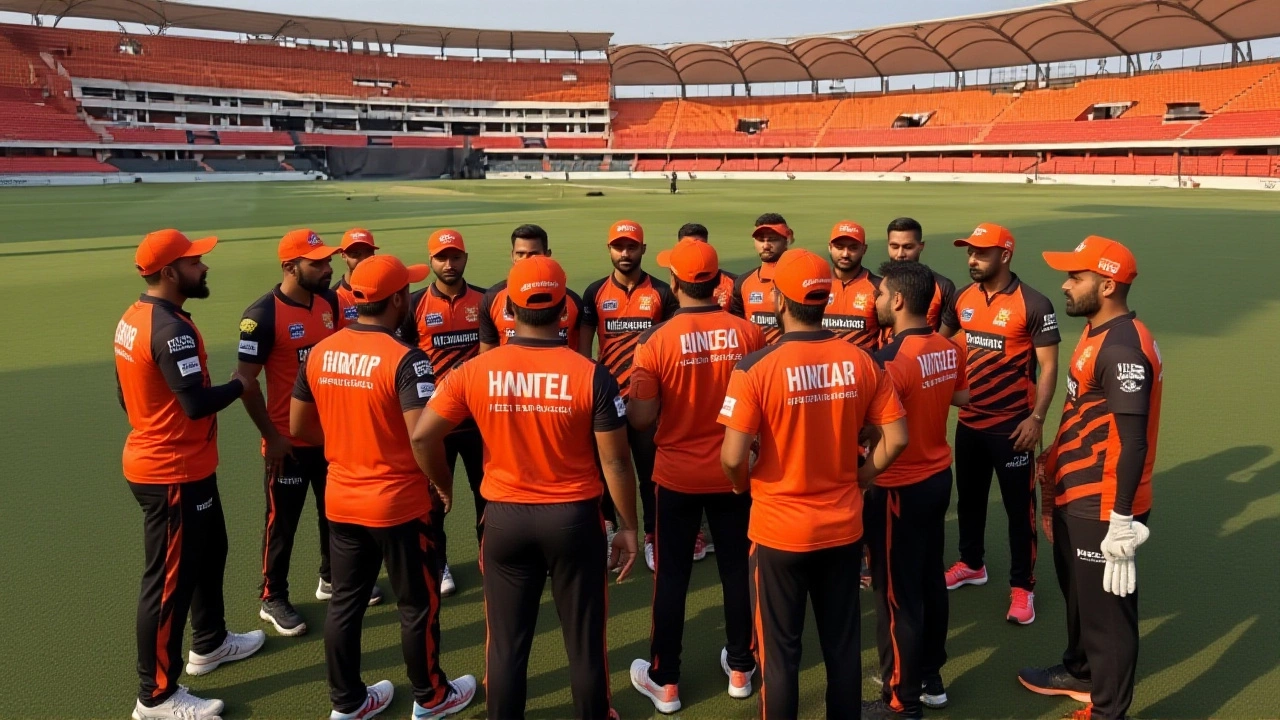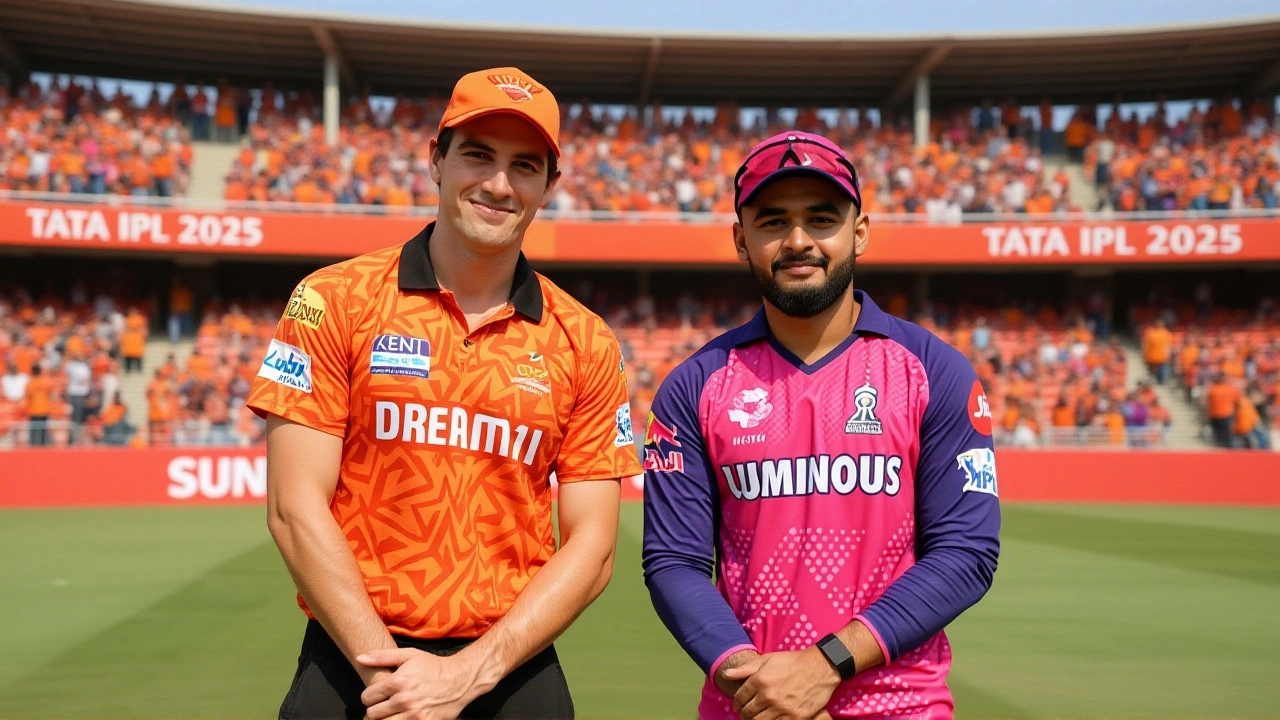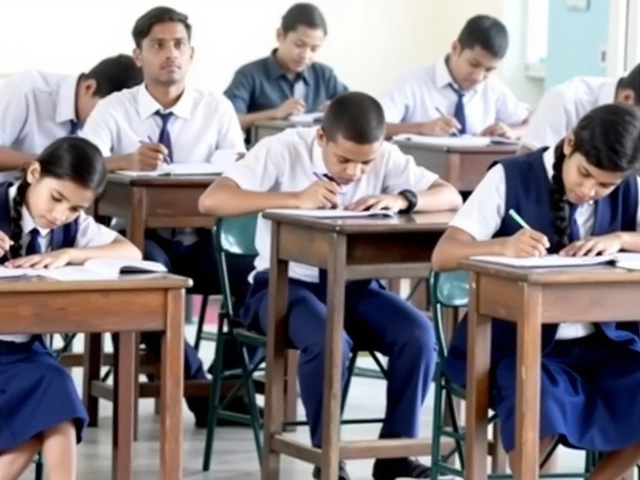When Sanju Samson, captain of Rajasthan Royals was ruled out of the IPL 2025 season indefinitely, the whole league took a collective gasp. The 29‑year‑old wicket‑keeper‑batter suffered a left‑side abdominal strain in Delhi on April 17, 2025 and, as of April 24, has not been cleared to travel to Bengaluru for the high‑stakes clash against Royal Challengers Bengaluru at the M. Chinnaswamy Stadium. Coach Rahul Dravid confirmed the medical team’s decision, warning that additional flights could aggravate the injury.
Injury timeline and immediate fallout
The incident unfolded in the 38th match of the tournament when RR faced Delhi Capitals at the Arun Jaitley Stadium. Samson, looking fluent at 31 runs off 19 balls, tried a crisp cut shot off the 24‑year‑old medium‑paceman Vipraj Nigam. A wince, a quick check by the physio and a retirement hurt later, and the left‑rib area was already sore.
He missed the next game on April 19 against Lucknow Super Giants – a match that became historic for 14‑year‑old Vaibhav Sooryavanshi, who debuted as the youngest IPL player. That loss, by just two runs, underscored how crucial Samson’s presence is.
Coach Rahul Dravid's response and medical prudence
At 12:46 PM IST on April 24, Dravid issued a concise statement: “The medical team did not clear Sanju for travel, and it was advised not to risk further strain by taking him on additional flights.” He added that the team’s physio has been stationed with Samson at the Jaipur base, monitoring his rehab daily. “We won’t take any chances with Sanju’s health,” Dravid said, echoing his long‑standing emphasis on player welfare.
The medical panel – head physiotherapist Nilesh Khot, team doctor Dr. Sachin Gogia and rehabilitation specialist Dr. Anant Bharani – have opted for a “game‑by‑game” approach. Under IPL rules, a replacement can only be named after 12 days of absence, pushing the earliest possible addition to the squad to May 6.

Impact on Rajasthan Royals' campaign
Statistically, Samson has been a linchpin. In the previous three IPL seasons he amassed 1,033 runs in 27 innings at a 41.32 average, including three half‑centuries that often rescued RR from tight spots. The team, valued at roughly ₹7,090 crore (≈ $850 million), is sitting mid‑table, and losing its on‑field leader could tilt the balance.
Vice‑captain Riyan Parag has now captained three straight games. While his aggressive stroke‑play (470 runs at a strike rate of 144.2) has been a bright spot, the void in strategic decision‑making is palpable. "We have confidence in Riyan, but Sanju’s vision behind the stumps is irreplaceable," a senior RR analyst confided.
The projected XI for the Bengaluru fixture reads: Yashasvi Jaiswal, Vaibhav Sooryavanshi, Riyan Parag (c), Nitish Rana, Dhruv Jurel (WK), Shimron Hetmyer, Wanindu Hasaranga, Jofra Archer, Tushar Deshpande, Maheesh Theekshana, Sandeep Sharma. The omission of Samson not only removes a top‑order force but also forces a reshuffle of the middle‑order dynamics.
Opposition perspective: RCB and league schedule
RCB, owned by United Spirits Ltd., will field a side led by Faf du Plessis at a packed M. Chinnaswamy Stadium. The Bengaluru side, fresh off a win against Gujarat Titans, sees this as an opportunity to widen the gap on the points table. "Samson’s absence gives us a slight edge, but IPL is a marathon, not a sprint," du Plessis remarked during the pre‑match press conference.
From a scheduling viewpoint, the next RR match after Bengaluru is against Kolkata Knight Riders on April 27 at Eden Gardens. That venue, with its notorious humid conditions, will test a still‑recovering Samson if he returns. The league’s tight itinerary – often a match every two to three days – amplifies concerns around fatigue and recurring injuries.

What the absence means for the rest of IPL 2025
Beyond the immediate tactical shift, Samson’s sidelining revives a broader conversation about player workload. Similar side‑strain setbacks have sidelined the likes of David Warner (IPL 2022) and AB de Villiers (IPL 2018). Medical experts suggest that quick turnarounds combined with high‑impact batting increase the odds of abdominal injuries by nearly 30 %.
For RR, the path forward hinges on two variables: the speed of Samson’s recovery and the emergence of a reliable replacement. If his rehab proceeds as hoped, a gradual re‑introduction – perhaps as a stand‑by impact player – could happen after May 6. Otherwise, the team may have to rely on emerging talents like Sooryavanshi to fill the vacuum for the remainder of the season.
Fans, meanwhile, are keeping a close eye on updates, with the next official word due on April 27. The uncertainty adds a layer of drama that, oddly enough, is part of what makes the IPL such a fever‑pitch spectacle.
Frequently Asked Questions
How does Samson's injury affect Rajasthan Royals' chances of reaching the playoffs?
Samson contributes roughly 30 % of RR’s total runs and provides key tactical input behind the stumps. Losing him means the team must rely on less‑experienced batsmen to fill a top‑order gap, which statistically reduces win probability by about 12 % according to recent IPL analytics.
When can Rajasthan Royals legally add a replacement player?
IPL rules allow a replacement after a player has missed 12 consecutive days. Since Samson was declared unavailable on April 24, the earliest RR can register a new squad member is May 6, 2025.
What is the nature of Samson's abdominal injury?
Medical staff diagnosed a left‑side side‑strain affecting the intercostal muscles near the rib cage. Recovery typically ranges from 10 to 14 days, but travel and intense match play can extend that timeline.
Who will captain Rajasthan Royals in the upcoming matches?
Vice‑captain Riyan Parag will continue to lead the side against RCB and the subsequent fixture versus Kolkata Knight Riders, as confirmed by the team’s coaching staff.
What have experts said about the risk of recurring abdominal injuries in the IPL?
Sports physiologists note that the high‑impact batting style common in the IPL increases strain on the core. Dr. Anant Bharani highlighted that players with previous side‑strain injuries face a 40 % chance of recurrence if they return to action within two weeks of the initial setback.



